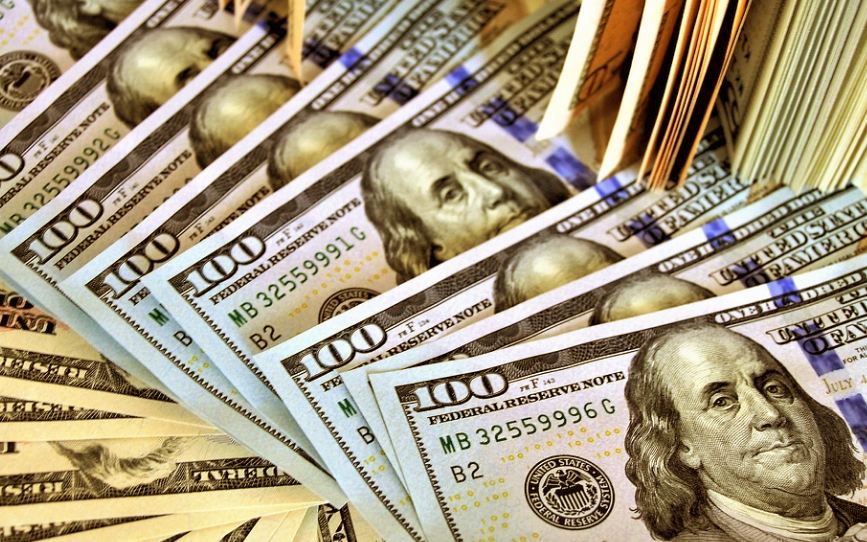Video games are more than 50 years old, and they are only improving every year. With the passage of time, their quality is improving, and we get to see bigger and better titles. Some of the games are based on old themes, while others feature unique elements that are never seen before. However, a common thing we see in most games is in-game currencies. And today, we are going to talk about how these in-game currencies work.
Some video games are pretty small, and you only have control over a few things. Such games can be ended quickly, and there isn’t much about them. However, there are some titles that are massive, and you can spend years in them without getting bored. In fact, it can take you a good number of months before you can end their main story. Keep in mind that we are only talking about the main story and not the side activities. Some examples of such games are Elden Ring, Witcher 3, and Old School RuneScape. Speaking of RuneScape, you can buy RS3 gold if you want to get rich in the game quickly.
Video games that keep you invested in them for years are usually MMORPGs. These are massive games where you can interact with thousands of players from all over the world. Such games are also updated regularly, and new content is added to them from time to time. This is done to keep the nature of the game fresh so that players don’t get bored with them. However, aside from everything, in-game currencies are a big part of such games.
In-Game Currencies In Video Games
In-game currencies are found in almost every other game these days, but they have a big role in open-world games that are massive and have a lot to do. Developers tend to keep some items away from players, and they can be only acquired if you purchase them using the in-game currency. The type of in-game currency varies from game to game, but most of them use gold coins or silver coins. In some other games, such as Grand Theft Auto 5, you can also find the dollar as the main in-game currency.
The reason why in-game currencies exist is that the developers want to make players feel as if they are a part of the game. For instance, take the example of our real world. You can’t get anything for free, and you need to work hard to get money. And by using money, you can purchase whatever you want, just like the laptop I am using to write this article. Similarly, in video games, you can’t get everything for free. Sure, there are some items or gear that are unlocked by default, but most of the stuff can only be unlocked by using in-game currencies.
For example, if you play Elden Ring, you will need to gather Runes to buy stuff. Similarly, in Old School RuneScape, the primary currency is gold. Now, there are plenty of methods to get in-game currency. You can get it by completing missions, opening treasure chests, completing challenges, and doing side activities. Furthermore, in some games, you can also pick up the in-game currency as regular loot or loot it from the dead body of their enemies. If the game supports microtransactions, you can also buy the in-game currency using a debit or credit card.
In-game currencies are extremely popular, and they are only going to grow in the coming years. Many developers who create free-to-play games always introduce tons of items in their games that can be purchased through these currencies. Furthermore, they also give players the option to buy in-game currencies using real-life money. This is how they end up making millions of dollars. Fortnite is a big example, as its in-game currency, called V-Bucks, is extremely popular. The majority of its player base spends millions of dollars buying this currency every month.
Conclusion
Are in-game currencies bad? That depends. If the game has no microtransactions and the in-game currency is only there to keep players engaged in the game; there is nothing wrong with it. However, if the developers try to use them as a method of making money, then there can be some problems linked to it. However, this also varies from player to player, as those who have plenty of money don’t really care about it.
This was everything you needed to know about how in-game currencies work in video games. As you can see for yourself, they are a big part of the gaming world, and their popularity is going to keep increasing in the coming years. While there are plenty of ways to earn the currencies, you can also buy them for real-life money. However, this is only for those who have extra cash lying in their bank account, as it can cost a lot. Some people spend thousands of dollars every month on in-game currencies just to stay ahead of others.




